Photographs taken at the Air Zoo, Kalamazoo Michigan.




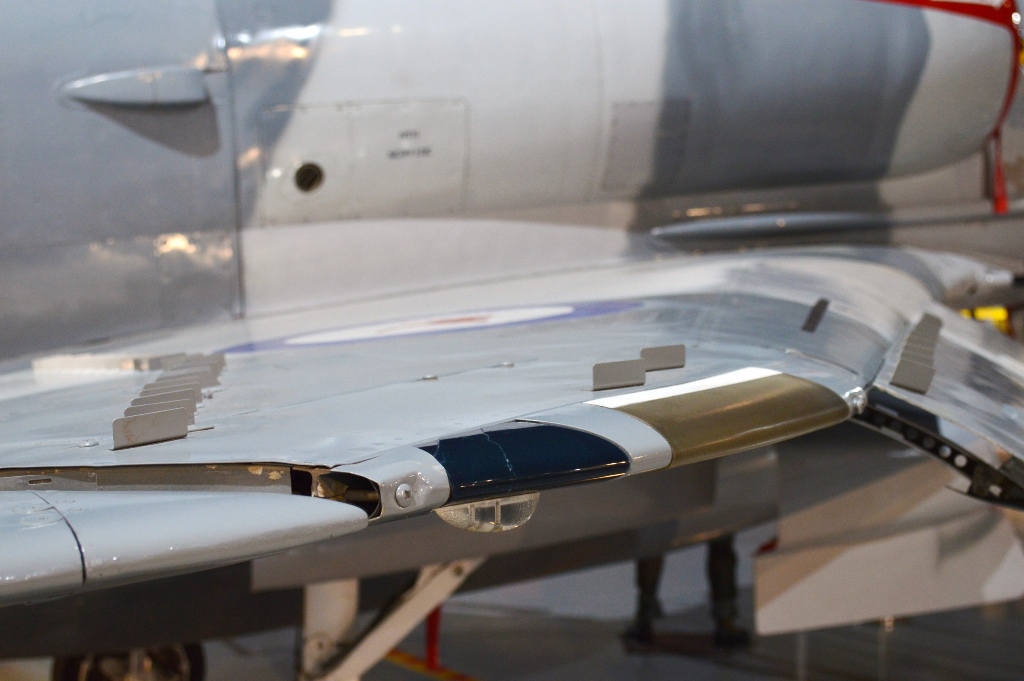




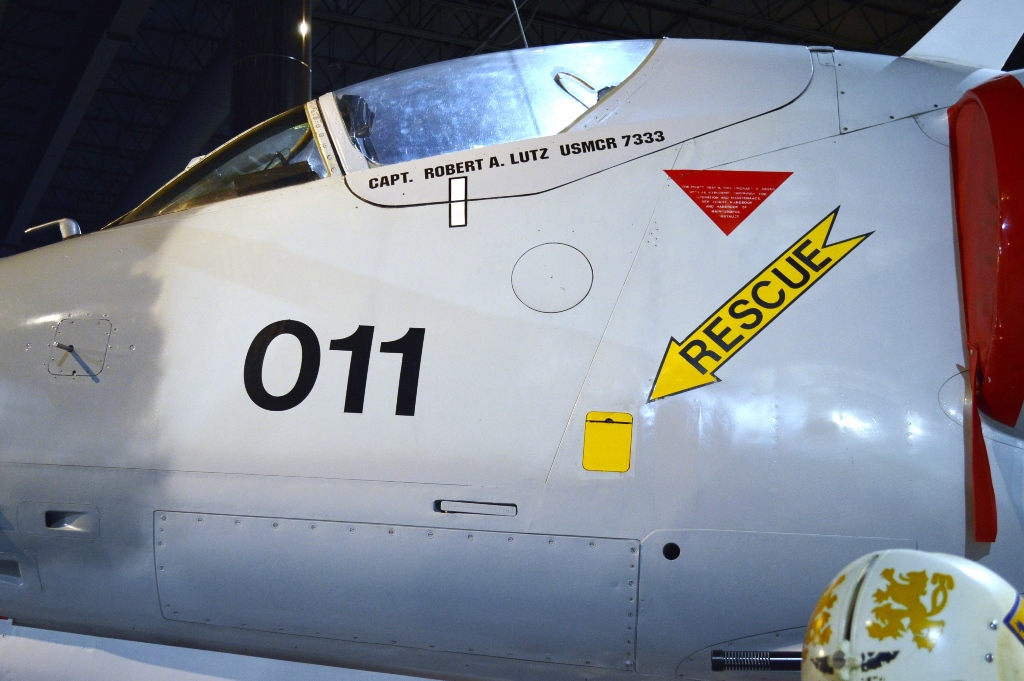


Part II here: https://inchhighguy.wordpress.com/2021/03/28/douglas-a-4-skyhawk-walk-around-part-ii/
Scale Modeling and Military History
Photographs taken at the Air Zoo, Kalamazoo Michigan.












Part II here: https://inchhighguy.wordpress.com/2021/03/28/douglas-a-4-skyhawk-walk-around-part-ii/
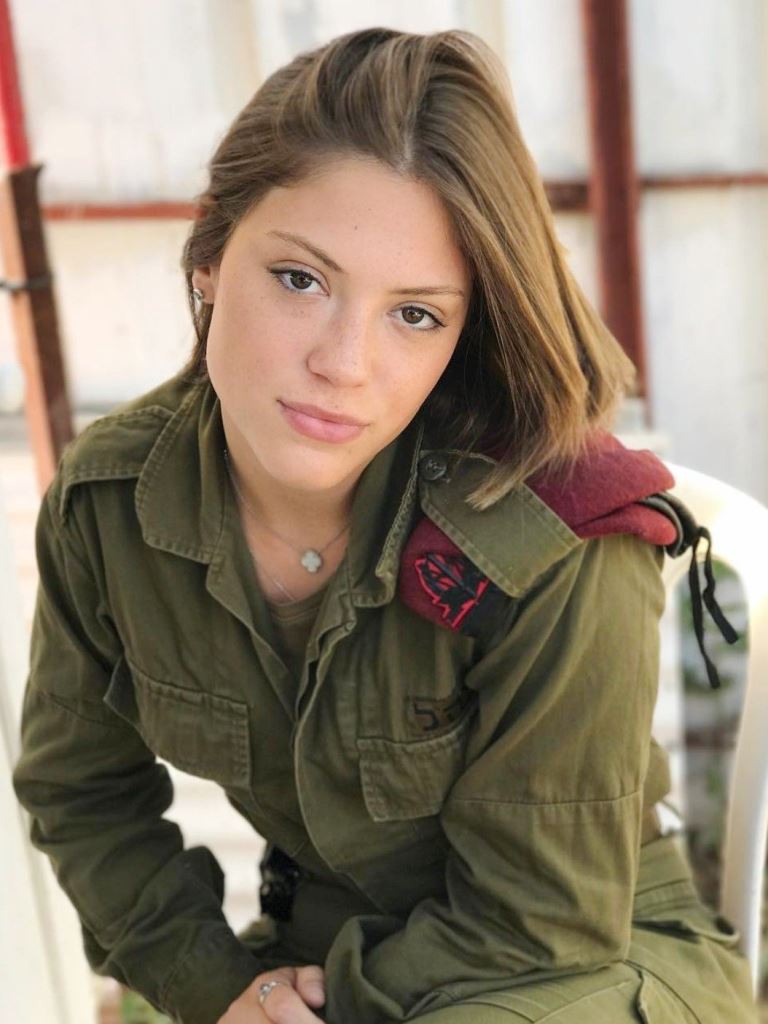


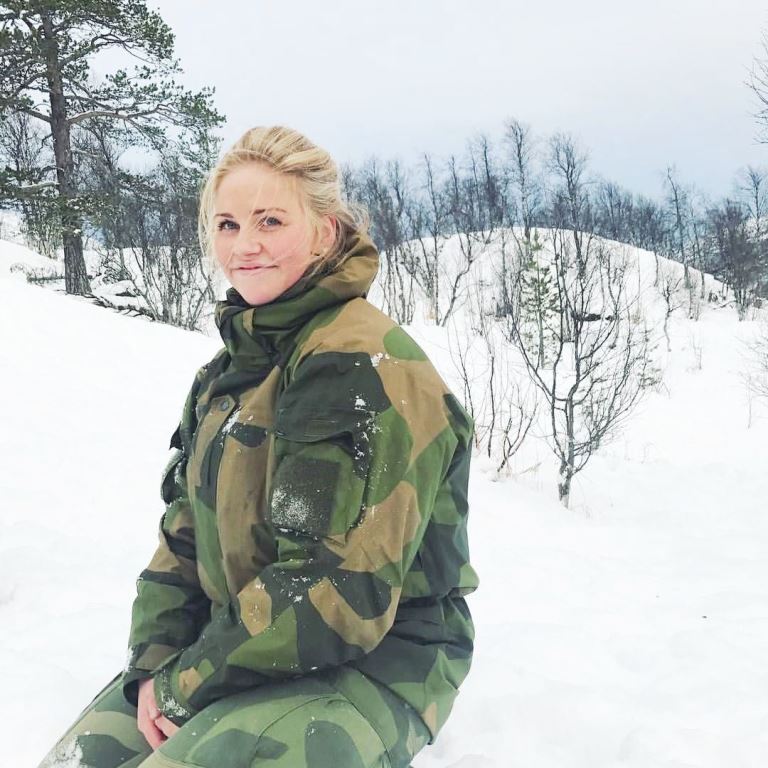






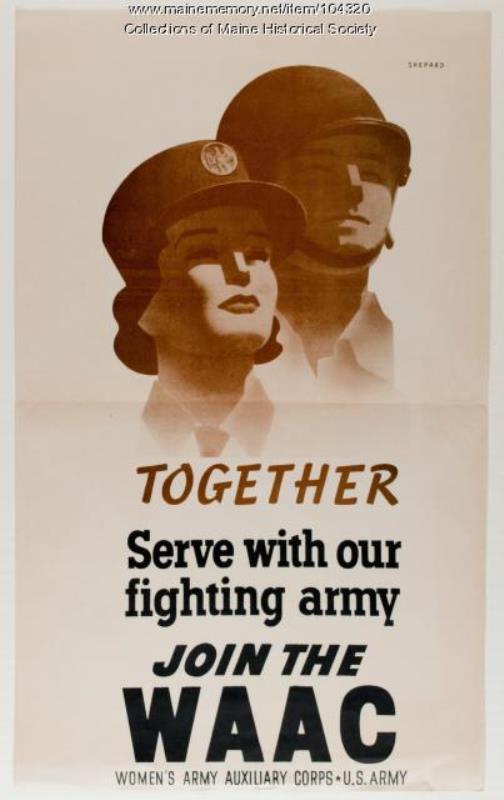










To see more Women Warriors, click on the tags below:










More finished photographs here: https://inchhighguy.wordpress.com/2021/02/02/hasegawa-heinkel-he-111h-20-of-dietrich-kornblum-in-1-72-scale/
Messerschmitt Bf 109F-2 of Major Günther Lützow Stab / JG3, Russia, Summer 1941. Fine Molds kit.
Günther Lützow scored his first five victories as a member of Germany’s Condor Legion during the Spanish Civil War, including the first victory ever credited to the Bf 109. During the Battle of France he added nine more to his score, with another nine during the battle of Britain. When Operation Barbarossa began he was a Major and Geschwaderkommodore of JG 3, this is Lützow’s mount depicted in the model.
Lützow continued to score regularly against the Russians and on 24OCT41 he became the second Luftwaffe Jagdflieger to achieve the one hundred victory mark (after Werner Mölders). He was outspoken in his beliefs and made no secret of his distaste for the SS and the National Socialist Party. This resulted in his being transferred to various staff positions, but he was a central figure in the Fighter Pilot’s Muntity where he criticized Herman Göring directly, which resulted in his exile to Italy. He returned to Germany to fly the Me 262 with Galland’s JV 44 and was credited with two additional victories, bringing his total to 110. On 24APR45, just two weeks before the end of the war, Oberst Günther Lützow went missing in his Me 262 while intercepting USAAF B-26s over Donauwörth, Germany.




















Part II here: https://inchhighguy.wordpress.com/2021/02/03/vought-sb2u-vindicator-color-photographs-part-ii/
Here is White 11 of Oberfeldwebel Heinz Marquart, 13 /JG 51 at Schmoldow, Germany, May 1945. He was shot down in this aircraft by an RAF 41 Squadron Spitfire XIV on 1 May 1945, the day before his unit surrendered. His comrades assumed he was dead, but he survived and was in a hospital as the war ended. Heinz Marquart finished the war with credited with a total of 122 victories.
There is considerable confusion concerning White 11, several sources attribute the White 11 surrendered to the RAF on 2 May at Flensburg as being Marquart’s mount. That aircraft had unpainted gun covers, but it obviously cannot be the same White 11 shot down the day before. Jerry Crandall resolved the disparity during an interview with pilot Heinz Radlauer – mechanics had painted White 11 on two different 13 Staffel Doras!









Hunter Killer: Inside America’s Unmanned Air War
By LCOL T. Mark McCurley with Kevin Maurer
Hardcover in dustjacket, 368 pages, photographs
Published by Dutton, October 2015
Language: English
ISBN-10: 0525954430
ISBN-13: 978-0525954439
Dimensions: 6.25 x 1.13 x 9.25 inches
This book pulls back the curtain on America’s MQ-1 Predator “drone” program and the people who operate it. LCOL McCurley was a U.S. Air Force instructor pilot who volunteered for transfer to the Predator program after the 9/11 attacks. The transfer was not a normal request, the program was not a popular assignment within the USAF – “real” pilots flew fighters, and the Predator had become a dumping ground for officers who didn’t qualify for other assignments.
The term “drone”, though widely used in the press, is inaccurate. A drone is an automatous vehicle, programmed to perform its mission without human intervention. The U.S. Navy’s XM-47B is an example. The MQ-1 Predator and its larger cousin, the MQ-9 Reaper, are more accurately described as Remotely Piloted Vehicles (RPV) or Remotely Piloted Aircraft (RPA), flown by a pilot and a sensor operator on the ground. The crew is linked to the aircraft via satellite and can be physically located anywhere in the world. RPVs operating over Afghanistan are routinely piloted by crews within the U.S.
One revelation for me was that it takes two separate crews to fly a mission – one where the aircraft is physically based to launch and recover the aircraft and one to fly the mission. Many missions are flown in shifts due to the duration. The crews operate under similar rules of engagement as any other U.S. unit. Strike missions which eliminate high-value terrorist targets grab the headlines, but these are usually supported by weeks of routine 24/7 surveillance missions to establish the target’s patterns and minimize collateral damage.
The book is written from the first-person perspective and follows LCOL McCurley’s career in the RPV community. It is an interesting insight into one of the USAF’s most-used platforms, and corrects many popular misconceptions. It is an enjoyable read and an engaging story which I can recommend.

Photographs taken at the Air Zoo, Kalamazoo Michigan.































To see more Women Warriors, click on the tags below:











Part III here: https://inchhighguy.wordpress.com/2021/01/29/hasegawa-heinkel-he-111-build-in-1-72-scale-part-iii/
Scale models, where they come from, and people who make them
Scale diorama tips and ideas
Let's build, and build again even if you won't build everything you have bought
A futile fight against entropy or 'Every man should have a hobby'? Either way it is a blog on tabletop wargames, board games and megagames
World War II with Scale Models
Illustrating Stories, Painting Miniatures, Reviewing Realms.
This is my ad free non-profit blog of my research notes on military history since April 2018.
Moving with the tides of history
Building and improving scale models
WHENEVER ANY FORM OF GOVERNMENT BECOMES DESTRUCTIVE OF THESE ENDS (LIFE,LIBERTY,AND THE PURSUIT OF HAPPINESS) IT IS THE RIGHT OF THE PEOPLE TO ALTER OR ABOLISH IT, AND TO INSTITUTE A NEW GOVERNMENT― Thomas Jefferson
Let's build and build again
This WordPress.com site is Pacific War era information
Scale Modeling and Military History
The best in WWII aviation history
Scale Modeling and Military History
Scale models from the sunny side of the Alps.
Scale Modeling and Military History
Scale Modeling and Military History
Scale Modeling and Military History
Scale Modeling and Military History
Scale Modeling and Military History
Scale Modeling and Military History
Scale Modeling and Military History
A blog about Modeling and life in general